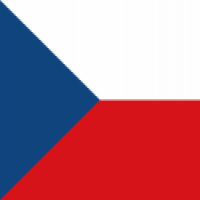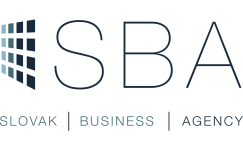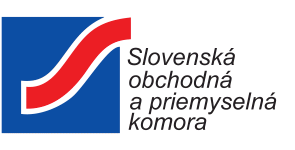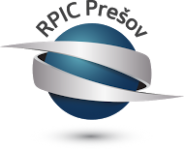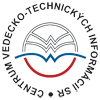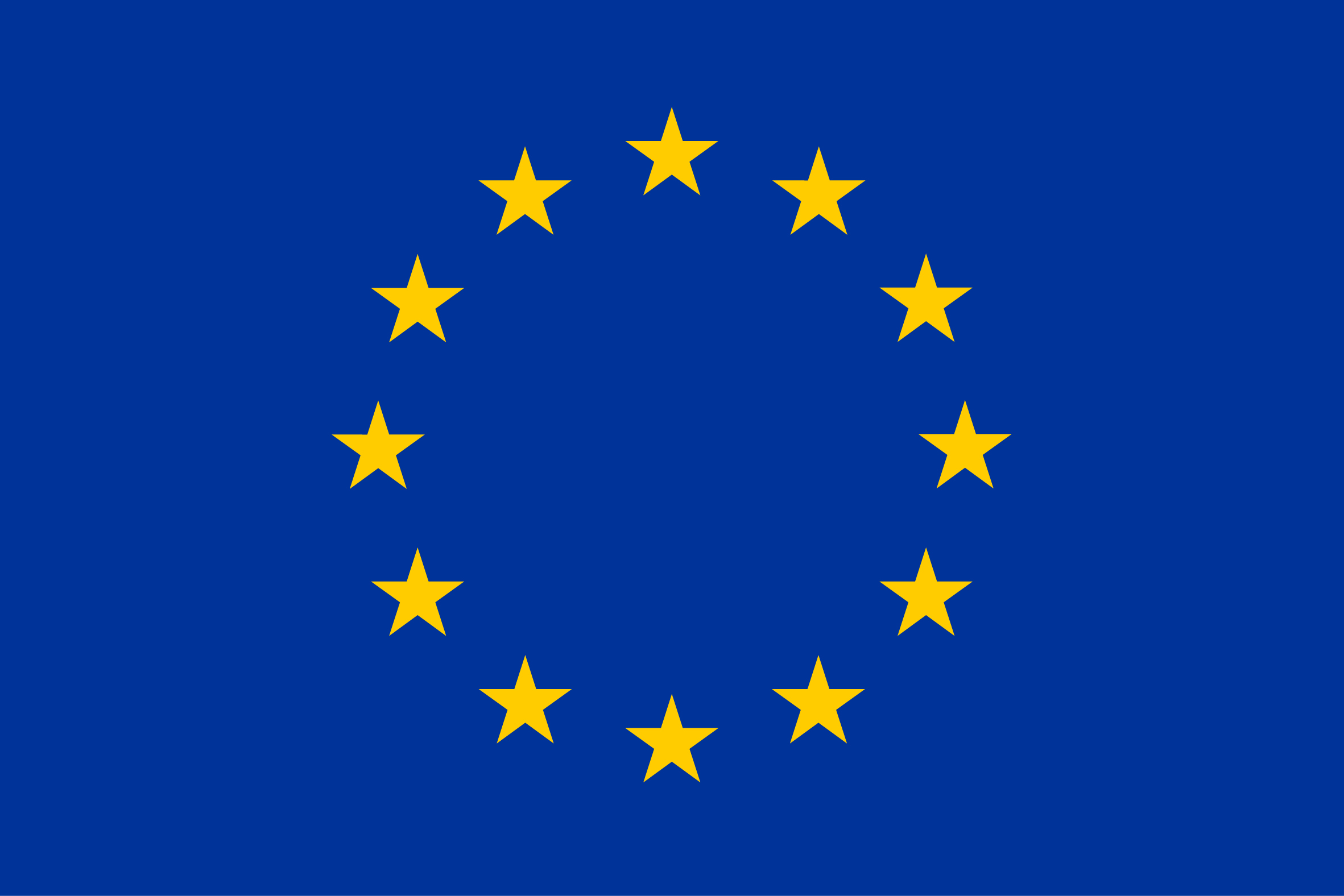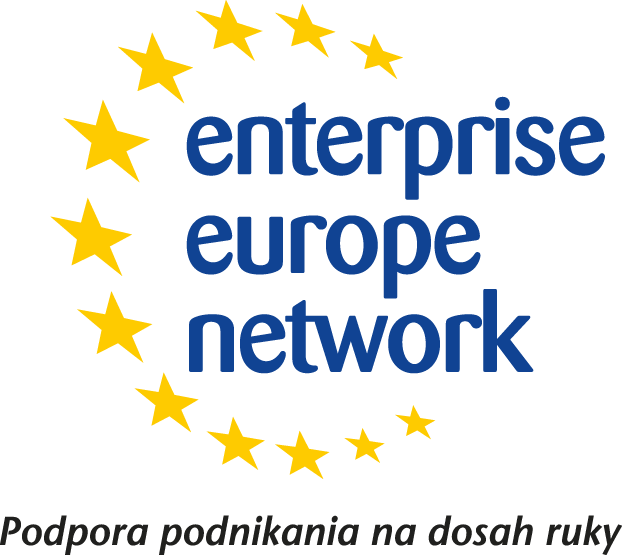Summary:
A Czech research institute has developed and successfully prepared new hydrothermally stable metal-organic frameworks (MOFs). These metal-organic frameworks have application potential for gas storage and separation, membrane fillers, catalysis, lithium batteries, proton conductors, sensors, and drug delivery systems. The main advantage of the solution is introduction of phosphinic acid groups.
The researchers are looking for partners interested in research or technical cooperation.
Description:
Metal–organic frameworks (MOFs) are coordination polymers consisting of metal ions or clusters coordinated to organic linker molecules forming ordered structures. Additionally, their structures have to contain potential voids in the structure.
The problem up to now was that the size of the pores of the metal–organic frameworks (MOFs) could have been varied only by the size of the spacer between the coordinating groups and selection of the metal ions or clusters.
This problem has been addressed by the Czech research institute focused on the research and development in the field of analytical methods, which offers metal–organic frameworks (MOFs) based on linkers containing phosphinic acid groups (in abbreviation R1R2POOH). The inorganic part of the structure is composed of tri-valent metal cations, mainly Fe(III), Al(III), or Y(III), that are connected via organic linkers containing at least two phosphinic acid groups (-PR1OOH) bound on a alkyl or aryl skeleton, e.g., 1.4-di substituted benzene, see the pictures below. The resulting structure is porous.
The use of linker molecules bearing phosphinic acid groups solves the problem of fine tuning the pore size. Because pore size can be determined not only by the size of the linker molecule and metal ions or clusters, but also by the R1 groups bonded to P atom that can face inside the pore structure and therefore it can serve for partial pore blocking or can bear functional group in order to enhance the functional properties.
Because of the strong coordination bond between the linker and the metal centres the resulting metal–organic frameworks (MOFs) structures display high hydrothermal stability which can be beneficial in applications where high humidity and temperature are applied or fluctuate.
Therefore, the metal–organic frameworks (MOFs) offered have application potential for gas storage and separation (e.g. hydrogen and /or methane), membrane fillers, catalysis, lithium batteries, proton conductors, sensors, and drug delivery systems. Another application is biological imaging and sensing, bio-mimetic mineralization, carbon capture, desalination/ion separation.
The researchers are looking for cooperation with an institution or a company with skills in development of new MOFs or finding application for MOFs.
In the case of research cooperation agreement - cooperation based on a joint European project (e.g. Horizon 2020) is preferred. Partners sought are mainly from industry and are expected to further utilise the project results.
In the case of technical cooperation agreement - the aim of the cooperation is to get a survey of the possibilities of the new technology and to get summary know-how which could be subsequently a subject of commercialisation. The cooperation should involve an experimental testing of the individual MOF systems. Partners sought from industry or academia with focus on commercialisation.
Type (e.g. company, R&D institution…), field of industry and Role of Partner Sought:
The researchers are looking for industry partners or research institutes which are skilled and experienced in development or applications of metal–organic frameworks MOFs.
In the case of research cooperation agreement – a joint European project (e.g. Horizon 2020) cooperation is preferred. Partner sought (a company or research institute) should be clearly interested in commercialisation and further utilisation of the project results.
In the case of technical cooperation agreement - the aim of the cooperation is to jointly develop the new technology further and also get a summary of know-how, which could be subsequently a subject of commercialization. The cooperation should involve an experimental testing of the individual metal–organic frameworks (MOFs) systems on a more or less professional level using suitable technical equipment. Industrial partner sought (a company or research institute) is expected to be interested in further utilisation of the research results.
Stage of Development:
Available for demonstration
Comments Regarding Stage of Development:
The metal–organic frameworks (MOFs) are available in the form of microcrystalline powders or in some cases in the form of colloid of MOF nanoparticles in solvents.
IPR Status:
Patent(s) applied for but not yet granted
Comments Regarding IPR Status:
Czech patent application submitted, PCT application is under consideration.
External code:
TOCZ20200608001
